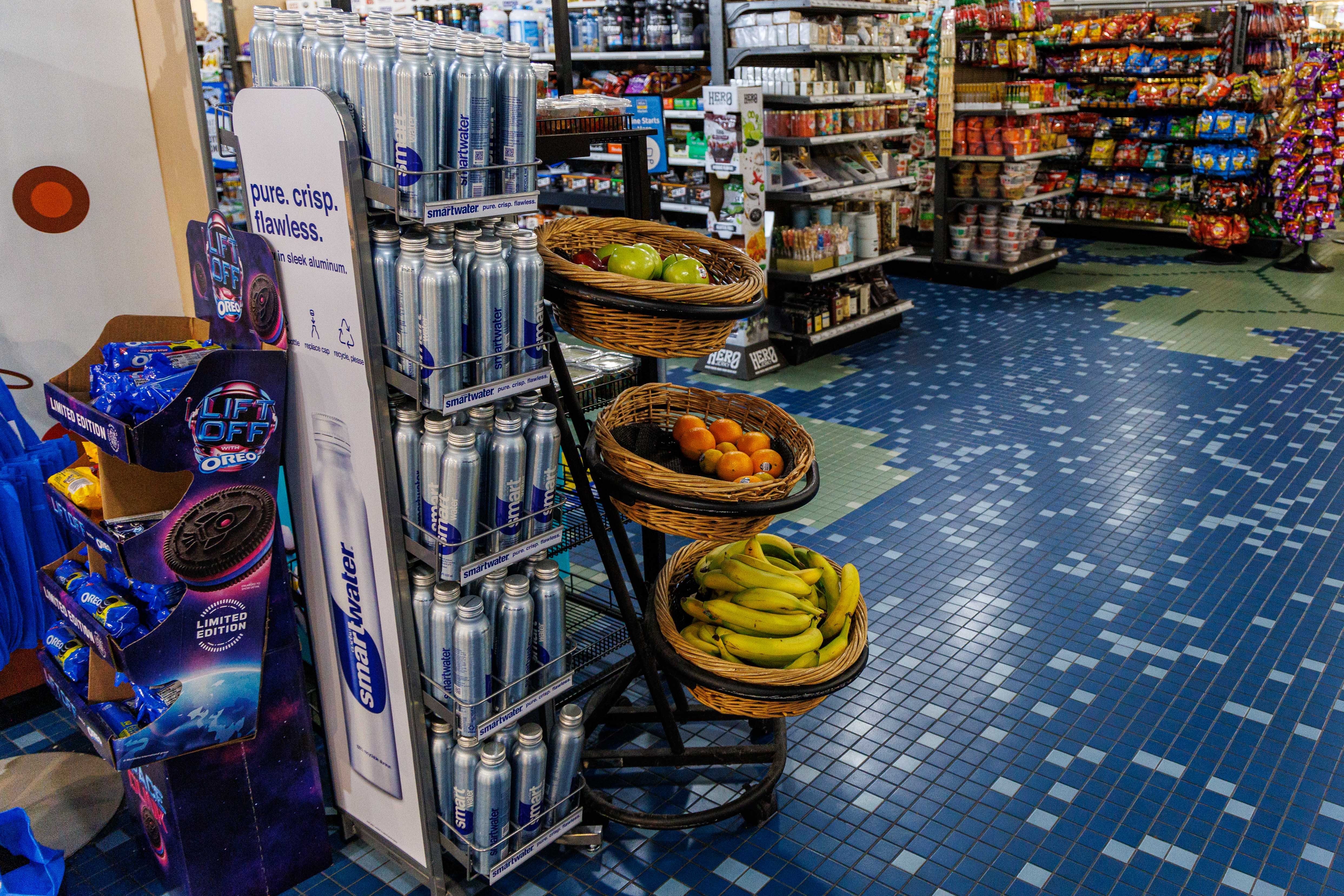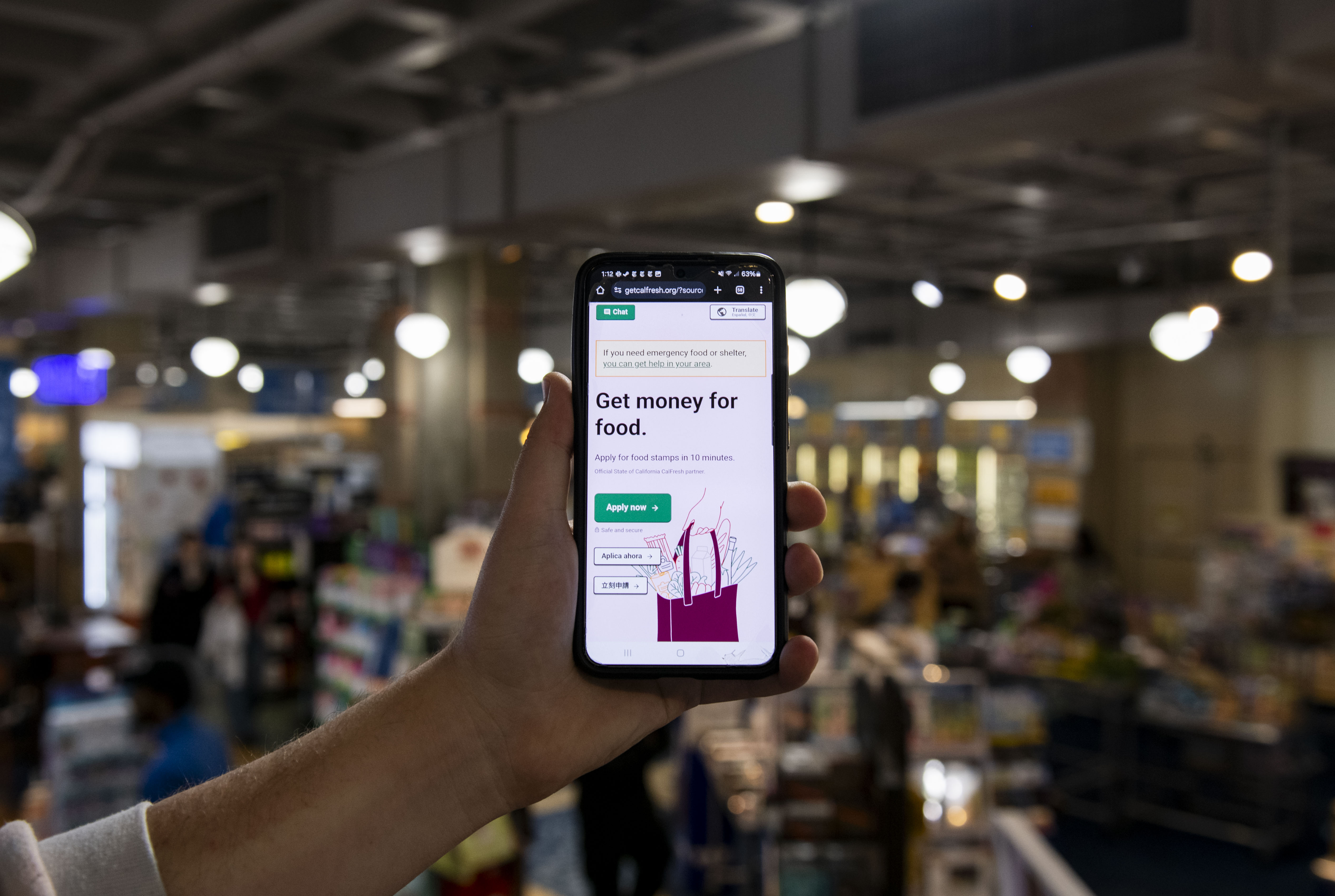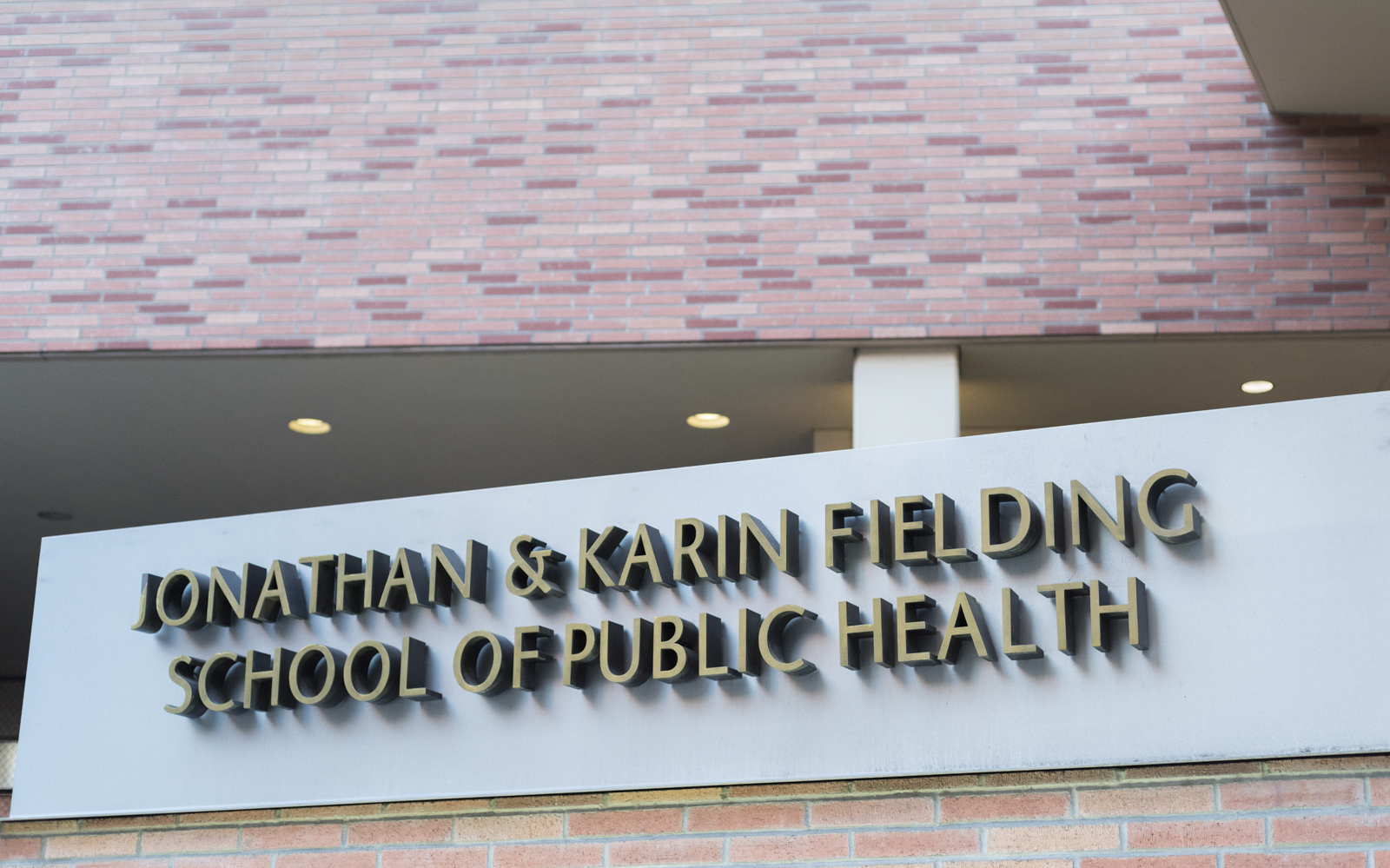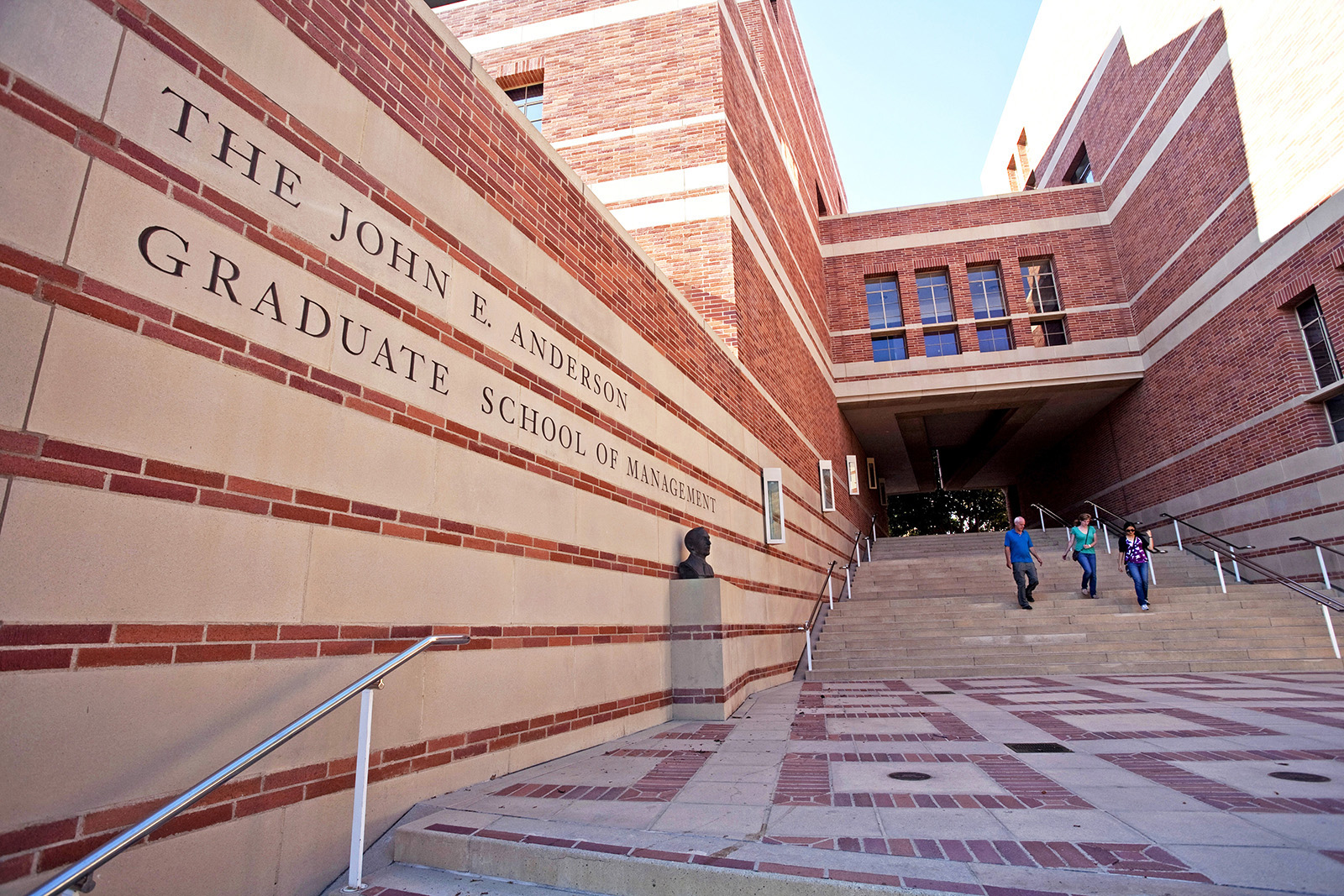UCLA study finds CalFresh program underused by college students
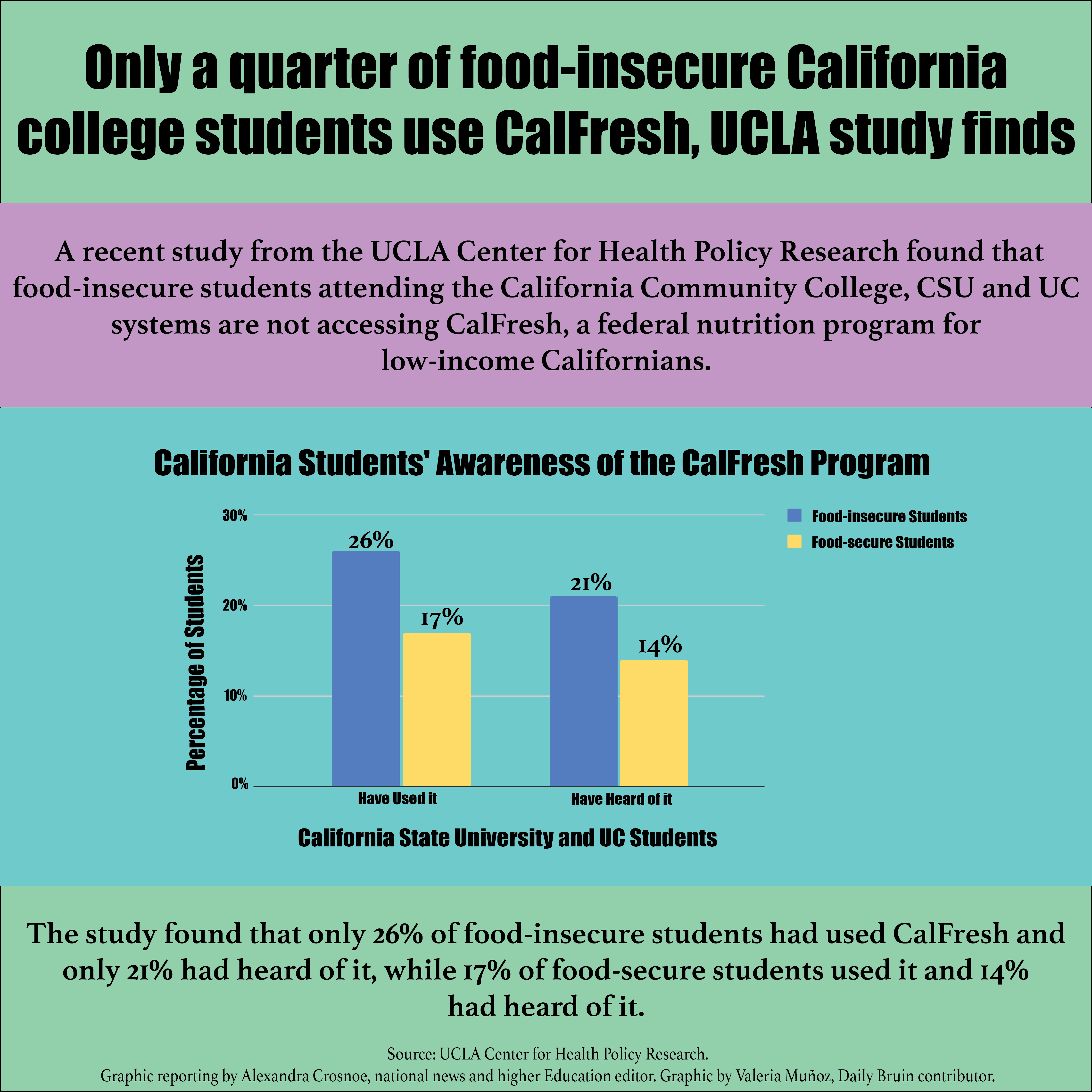
By Rohaan Trivedi
May 8, 2025 11:06 p.m.
CalFresh, a federally funded food assistance program, is a largely untapped resource for California college students, a recent UCLA study found.
Researchers at the UCLA Center for Health Policy Research and California State University, Fullerton, published a report measuring the impact CalFresh has had on food-insecure students at schools across California. The report found that 45% of food-insecure students had never used CalFresh.
“You get down to Los Angeles, and that’s a very high cost of living area, and so the issues are largely about the overall affordability of everything that goes into the college experience,” said AJ Scheitler, director of the Data Equity Center at the UCLA CHPR and lead author of the report.
Scheitler said access to CalFresh can help college students succeed in school.
“The problem that we’re trying to address is helping students stay in school and stay healthy,” Scheitler said. “Finances and being able to have food that keeps you healthy and focused.”
The California government gives people using CalFresh up to $292 a month, which they can use to purchase food items from markets, grocery stores and restaurants. The purpose of the report was to investigate why students at colleges across California who are eligible for the program end up using it, said Tabashir Nobari, an author of the report.
The researchers recommended that university leaders show “strong support” for the program to encourage students to access it.
Scheitler said the study found a significant difference in the support that basic needs offices – which promote CalFresh – receive from different school administrations. Universities such as CSU Fresno and UC Davis have far more CalFresh outreach efforts than UCLA, she added.
“What’s the disconnect?” Scheitler said. “Why doesn’t LA have the same staff dedicated to UCLA, to LA Mission College and to all of the other institutions?”
The study found that of the almost half of food-insecure students who knew about CalFresh but did not use it, nearly 28% said they did not know how to apply.
“Some schools don’t have someone that they can call that is supposed to know the answer to all of these questions,” Scheitler said.
The study also found that various eligibility requirements outlined in the CalFresh application deter eligible students from applying. Antonio Sandoval Ayala, the current director and chair of Academic Success and Basic Needs Leadership at UCLA, said the application process is cumbersome on purpose, acting as a “weeder mechanism” to deter individuals who do not desperately need the resources from applying.
“They did indeed make it very difficult to apply,” Sandoval Ayala, who is also the director of UCLA’s Community Programs Office, said. “The reason for them getting turned down was because the rules were not set up with students in mind.”
Sandoval said UCLA currently has student officers that help provide support with the CalFresh application process, assisting students with preparing their documents and preparing for possible interviews with county employees.
He added that he believes it is crucial that students in particular access these resources.
“I see CalFresh and SNAP as an opportunity,” Sandoval Ayala said. “We have an opportunity to the next generation of leaders in our country, and that it’s very important that we invest in those leaders.”


